ReNew ║┌┴╧│╘╣╧═Ї will release its 18th annual Top100 Projects Report this month, which compiles the top 100 public infrastructure projects by value.
Editor John Tenpenny said 2023 came close to a milestone as the combined value of all the projects reached $292 billion, тАЬup almost $20 billion over last year. So, weтАЩre approaching that milestone of $300 billion driven largely by 50 new projects on the list that came in at about $20 billion total.тАЭ
During and after the peak of the COVID-19 pandemic, governments at all levels pushed for more and better health infrastructure. Tenpenny said those projects make up a substantial portion of the list.
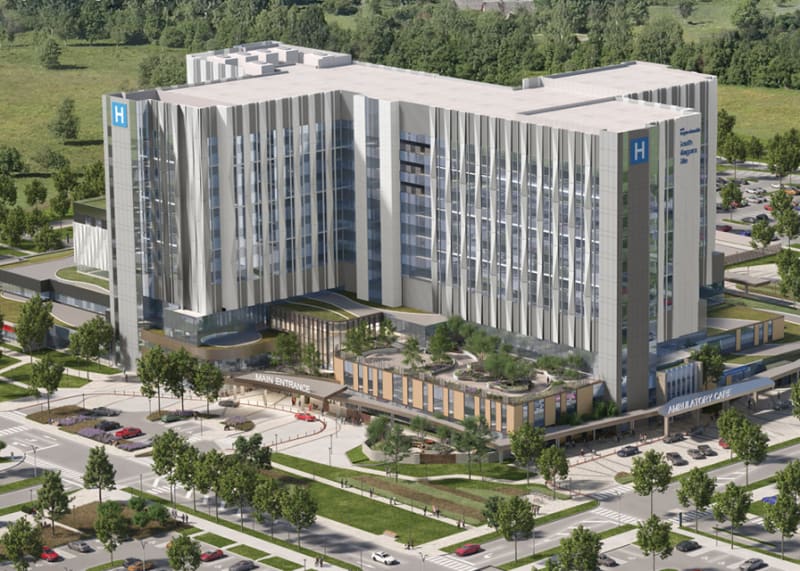
тАЬ(There are) 19 health care projects. ThatтАЩs the largest single section of projects on the list. Of the 15 new projects, like the South Niagara Hospital in Ontario and the New Surrey Hospital and BC Cancer Centre, are a couple of the new projects on the list that have bumped that number up,тАЭ Tenpenny said.
тАЬHealth care is definitely a big part of the list along with transit being the other big one.тАЭ
Tenpenny said many of the energy projects have a green focus.
тАЬFor the energy sector, hydroelectric transmission and nuclear make up the majority of those projects. TheyтАЩre not coal or gas, so theyтАЩre helping the environment in that way,тАЭ he said.
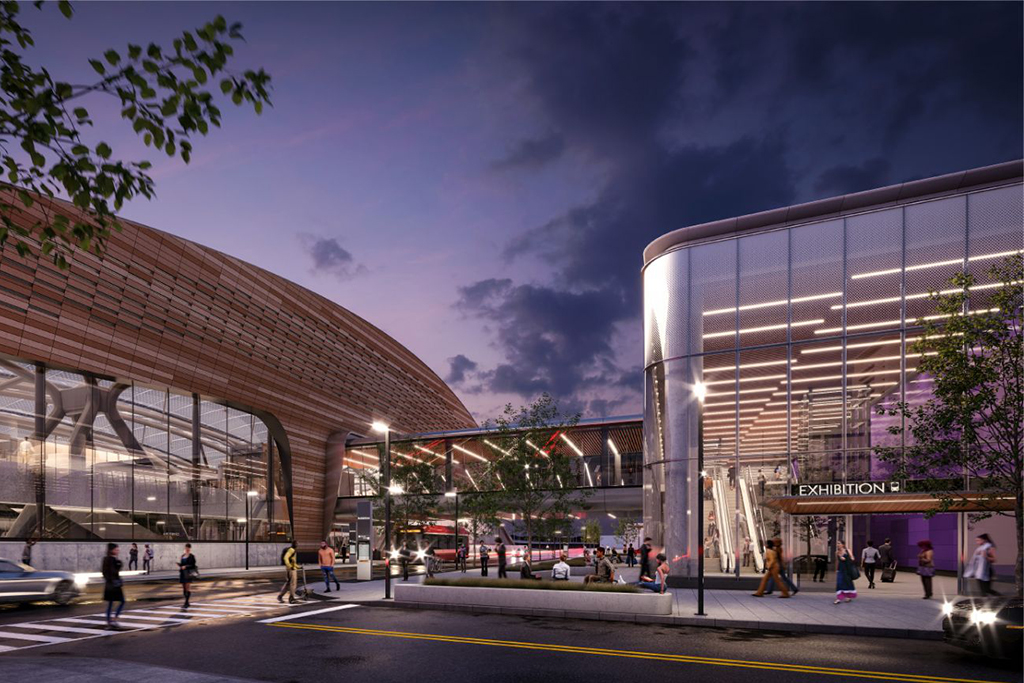
Transportation is a constant presence, he said, and continues to be a тАЬhuge partтАЭ of infrastructure work across the country.
тАЬTwenty-six projects, over a quarter of the ones on the list, are in the transit category, so LRT (light rapid transit), rail, subway. A lot of those are in the GTA, things like the Ontario Line, the Eglinton Crosstown, which weтАЩre hoping will be off the list by next year and Finch West,тАЭ he said. тАЬMontrealтАЩs Blue Line Extension is probably the other biggest project in the country along with the Surrey-Langley Skytrain project out in B.C.тАЭ
While some megaprojects, such as Site C in northeastern B.C. are reaching their completion date, Tenpenny said the sheer scale of such projects means they generally maintain a presence on the list for some time.
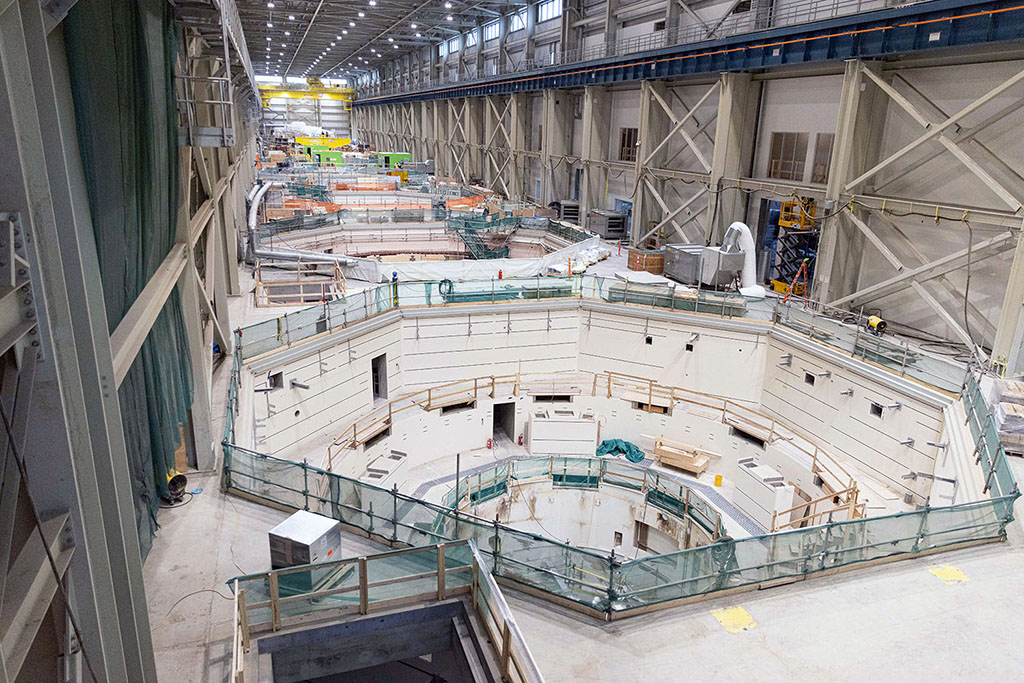
тАЬSite C is winding down but itтАЩs such a big project even the wind down takes a while. ThatтАЩll be a really big project coming off the list, but every year, Infrastructure Ontario and Infrastructure BC have a very large pipeline of projects that are in the design stage or pre-procurement, so thereтАЩs quite a number of large projects in the pipeline that I think will be coming online in the next two to three to five years,тАЭ he said.
тАЬI donтАЩt think weтАЩre ever going to have a problem finding 100 projects. Every year weтАЩve done this the number has gone up and I think that will continue in the coming years.тАЭ
Tenpenny pointed out while new projects fill the space left behind on completed or almost finished projects, part of the increasing value of the list can be attributed to inflation and rising costs.
тАЬProjects are more expensive than they used to be. With inflation right now, project costs are continually rising which will influence the numbers and play a part in the increase. What cost you a billion dollars 10 years ago is going to cost you $5 billion now, but the large provinces and population centres continue to need infrastructure, whether it be transit, transportation or health care and I think those things will continue to drive the total up,тАЭ he said.
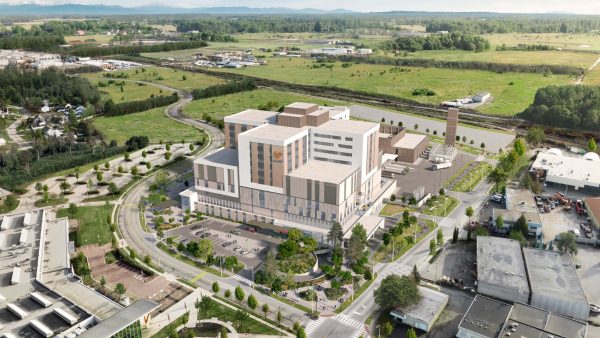


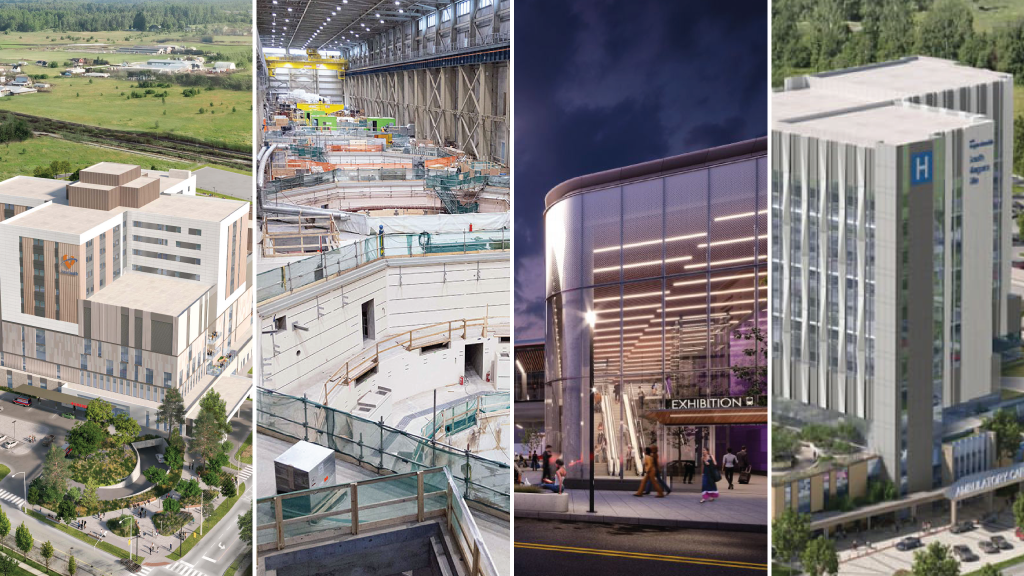


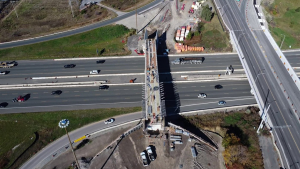


Recent Comments
comments for this post are closed